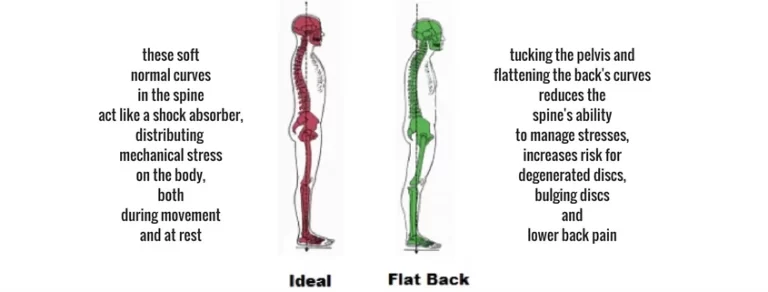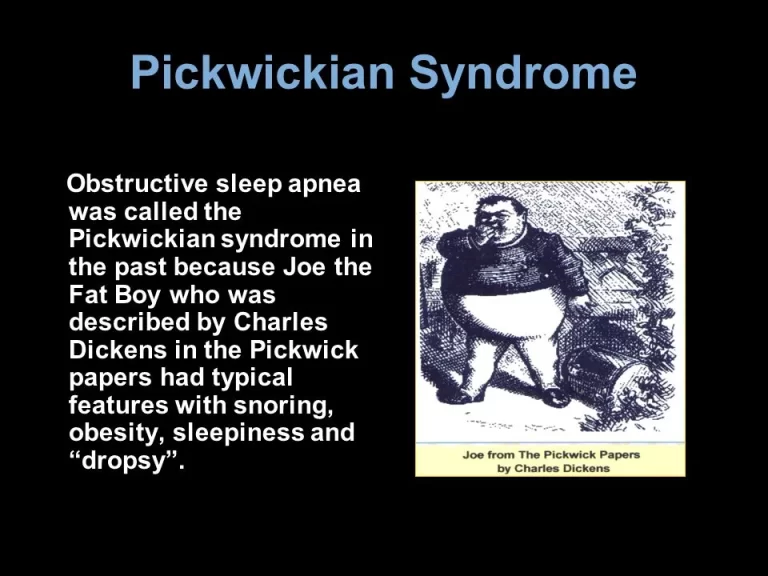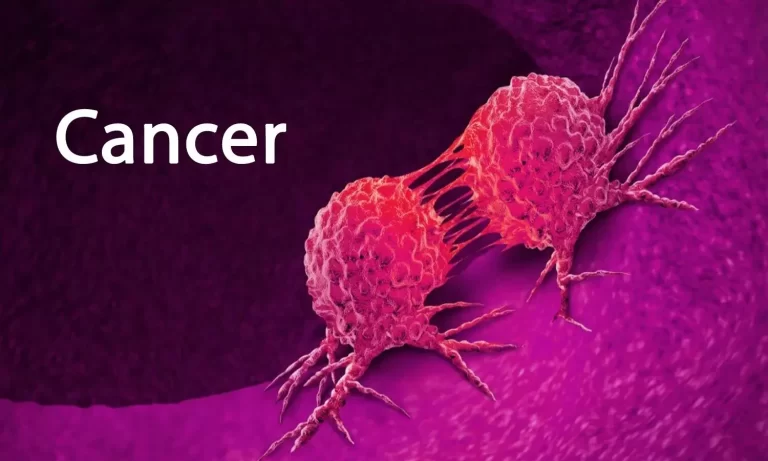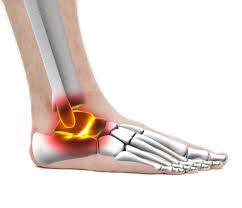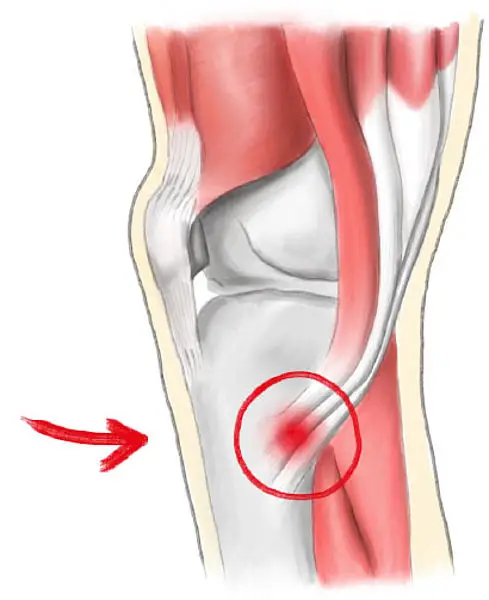23 Signs You Grew Up With Ehlers-Danlos Syndrome
Introduction
Growing up with Ehlers-Danlos Syndrome can present unique challenges and experiences that may not be immediately apparent to others. From seemingly simple tasks to more complex aspects of daily life, individuals with EDS often develop a distinct perspective shaped by their condition.
In this article, we’ll explore 23 signs that reflect how growing up with Ehlers-Danlos Syndrome can influence various aspects of life, from physical activities to emotional well-being. Understanding these signs can offer insight into the lived experiences of those with EDS and foster greater awareness and empathy for the challenges they face.
What Is Ehlers-Danlos Syndrome?
The connective tissues of the body, particularly the skin, joints, and blood vessels, are impacted by the uncommon genetic illnesses collectively known as Ehler-Danlos syndrome.
The proteins and other substances that make up connective tissues give them flexibility.
The collagen’s tensile strength is compromised in those who have Ehler-Danlos syndrome.
Despite the fact that Ehler-Danlos syndrome is a congenital disorder, it may take years for a patient to receive a diagnosis.
Variants Linked to Ehlers-Danlos Can Be Passed Down Through Families.
Types of Ehlers-Danlos Syndrome
Ehler-Danlos syndromes (EDS) come in 13 types, the majority of which are uncommon.
The type of Ehler-Danlos syndrome that occurs most frequently is hypermobile EDS (hEDS).
Symptoms of hEDS include:
- Joint hypermobility
- Unstable Joints and at risk of dislocation
- Clicking noises and joint discomfort
- Easily bruising skin
- Digestive issues, such as heartburn
- Feeling lightheaded and having a faster heartbeat after rising
- Urinary incontinence
For hEDS, there are no diagnostic procedures.
The individual’s history, symptoms, and physical examination are typically used to make the diagnosis.
Classical, vascular, and kyphoscoliotic EDS are extra fairly prevalent kinds of EDS.
Is Elhers-Danlos Syndrome Genetic?
Genetics plays a role in Ehler-Danlos syndrome. There are more than 20 genes linked to EDS.
The following genes have been linked to Ehler-Danlos syndrome:
- COL1A1
- COL1A2
- COL3A1
- COL5A2
These genes give instructions on how to produce various kinds of collagen.
The production or processing of collagen may be disrupted by changes (variants) in these genes, leading to weak bones, skin, or other bodily tissues.
This results in the Ehler-Danlos syndrome’ defining characteristics.
Every kind of EDS is brought on by variations in several collagen genes.
The classical kind of EDS occurs by variations in the COL5A1, COL5A2, and occasionally the COL1A1 genes.
Classical EDS and a few cases of the hypermobile form are caused by mutations in the TNXB gene.
Cardiovascular EDS and some occurrences of arthrochalasia are caused by COL1A2 gene variations.
23 Signs You Grew Up With EDS (Ehlers-Danlos Syndrome)
Common EDS symptoms include hypermobile joints, frequent bruising, and painful joints.
Some people may have these symptoms as a result of Ehler-Danlos syndrome, while others may associate them with another underlying medical issue.
23 commonly observed signs are:
- High joint flexibility
- Clumsiness
- Stumbling or falling frequently
- Joint dislocations that happen frequently, especially to the knee or elbow
- Having the ability to bend fingers or the thumb backward
- Increased likelihood of bone fractures
- Hyperextended knees
- Having a double-jointed sensation
- Being afraid to relax your joints out of fear of dislocation
- Recurring dizziness or fainting episodes
- Less wrinkling
- Recurring issues with the feet, mostly pain and discomfort
- Acid reflux, bloating, diarrhoea, and other digestive problems
- Extreme tiredness
- To prevent pain, discomfort, or dislocation of your finger joint, hold a pen or pencil differently.
- Take more time to execute daily tasks
- Possibility of postural orthostatic tachycardia syndrome (POTS), headaches, or visual problems increasing
- Early onset of chronic bodily aches
- Using a distinctive running style from others
- To protect your delicate skin, you are particular about the clothes you wear.
- Joints generate a popping or clicking sound.
- Gradually growing ankle pain
- Inability to move quickly
Treatment for Ehlers-Danlos Syndromes
The Ehler-Danlos syndrome is incurable.
The goal of treatment is to control the symptoms and stop any future problems.
Among the methods for treating Ehler-Danlos syndrome are:
Medication: The mainstay of EDS treatment is typically over-the-counter painkillers.
In the case of severe injuries, more drugs can be needed.
Blood vessels in those with Ehler-Danlos syndrome are fragile. So, doctors might wish to use medicine to reduce their blood pressure.
Physical therapy: Dislocations are more likely in joints with weak connective tissue in people with Enhler Danlos.
In order to stabilize joints and build muscles, physical treatment may be advised.
Surgery: Individuals who experience frequent joint dislocations or organ and blood vessel ruptures may need surgery.
People with EDS typically receive help from a large network of medical specialists throughout their illness.
An occupational therapist, a physiotherapist, and counsellors typically make up the EDS healthcare team.
People may benefit from genetic counselling to better understand their disease, how it is inherited, and the possibility of passing it on to their offspring.
Although there is no specific treatment for EDS, many of the symptoms can be controlled.
Summary of Signs You Grew Up With Ehlers-Danlos Syndrome
The connective tissues of the body are impacted by the rare genetic illness known as Ehler-Danlos syndrome (EDS).
Ehler-Danlos syndrome is a congenital condition, however, it takes years or even decades for symptoms to manifest in affected individuals.
Ehler-Danlos syndrome comes in about 13 different varieties, with hypermobility EDS (hEDS) being the most prevalent.
Over 20 genes, including COL1A1 and COL1A2, have been linked to the hereditary disorder known as Ehler-Danlos syndrome.
Due to their inability to recognize symptoms like simple skin bruising and joint dislocation, the majority of patients with Ehler-Danlos are ignorant of their condition.
FAQs
What are the facial features of EDS?
The thin upper lip, short earlobes, thin nose, and large eyes are common facial characteristics shared by people with vascular Ehlers-Danlos syndrome. They also have delicate, transparent skin that is highly prone to injuries. The underlying blood arteries are highly obvious through the epidermis in those with pale skin.
Do people with EDS look younger?
Yes, You can look younger if you have Ehlers-Danlos syndrome. Due to the extra flexibility of the collagen, persons with EDS do not have wrinkles. This gives them youthful, silky skin.
How did you know you had Ehlers-Danlos syndrome?
The most widespread varieties of EDS include: Joint hypermobility, velvety, easily bruised skin, and chronic bone or muscle discomfort are typical signs of hypermobile EDS. Classical EDS: Signs and symptoms may include delayed growth, hypermobile joints, weak muscles, and elastic, stretchy skin that bruises readily.
How do people with EDS feel?
EDS is regarded as a “invisible” illness since patients appear healthy but experience pain and exhaustion that can make everyday tasks like getting dressed or cooking seem impossible.


